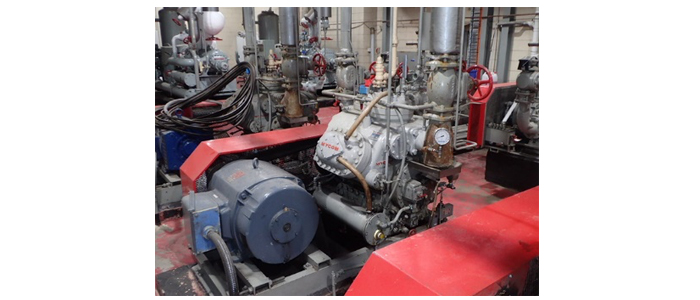- +61 7 3374 2877
- Email Us
Thermography Surveys for Condition Monitoring on mechanical systems are somewhat hard to perform. Temperatures of mechanical plant are a lot more dependent on run time, load, and ambient temperatures than anomalies in electrical plant.
A motor may take hours to reach a steady state condition showing you the maximum running temperature on the casing, and then the maximum temperature internally on the stator will be higher, and possibly the rotor even higher yet.
In the time the plant heats up, the ambient may change, solar radiation may change, and the load or speed may have changed – just to cover a few of the variables when looking at mechanical plant. Usually, a baseline is needed to be able to trend temperatures of different parts of the machinery, so a trending database needs to be maintained, either with individual temperatures, or with the whole dataset of the thermal images of the plant. Generally, if the ambient changes with 10°C then the max temperature on mechanical plant will also change with 10°C, so changes during the day of the survey may likely occur, making data collection and comparison difficult. An understanding of the plant functionality is also necessary, not least for ad hoc surveys where a baseline is not available.

The following images are from a refrigeration Ammonia compressor which had only run for a short time. The compressed ammonia temperature has been trended for a while and was found to have increased in temperature. Closer inspection revealed that the Solenoid valve on the bypass pipe (The warm pipe in the “anomaly” image, which is usually only open at start up to ease the compressor start up load by feeding some of the compressed gas back into the inlet of the compressor) had not been turned off for normal operation. The warm gas can be seen entering the freezing cold supply line on the right. It was found that a manual override Bypass Switch had been left in the ON position.
The site refrigeration mechanic was informed of the problem. The Bypass Switch was turned OFF. The compressor was re-surveyed 3 hours later and all looked normal. Compressing gas is expensive, and if you are sending compressed gas back into the compressor, efficiency goes down quickly, and you are heating the compressor unnecessarily.
www.auspta.asn.au
There’s more to thermography than meets the eye!